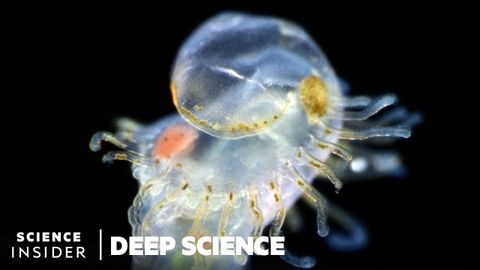微視的世界の2020年受賞動画|ディープサイエンス (The 2020 Award-Winning Videos Of The Microscopic World | Deep Science)
林宜悉 が 2020 年 12 月 15 日 に投稿  この条件に一致する単語はありません
この条件に一致する単語はありませんUS /dɪˈtɚmɪn/
・
UK /dɪ'tɜ:mɪn/
US /ɪkˈstrim/
・
UK /ɪk'stri:m/
- adj.(程度が)最も高い : 極度の;極端な;強烈な;極端な
- n.(物事の)極端 : 極致;極限;極端な手段
US /dɪˈvɛləp/
・
UK /dɪ'veləp/
- v.t./i.展開する;開発する;発達する;現像する;発症する;磨く
エネルギーを使用
すべての単語を解除
発音・解説・フィルター機能を解除
